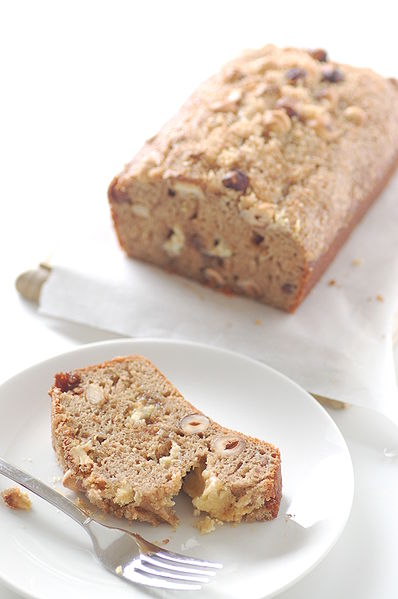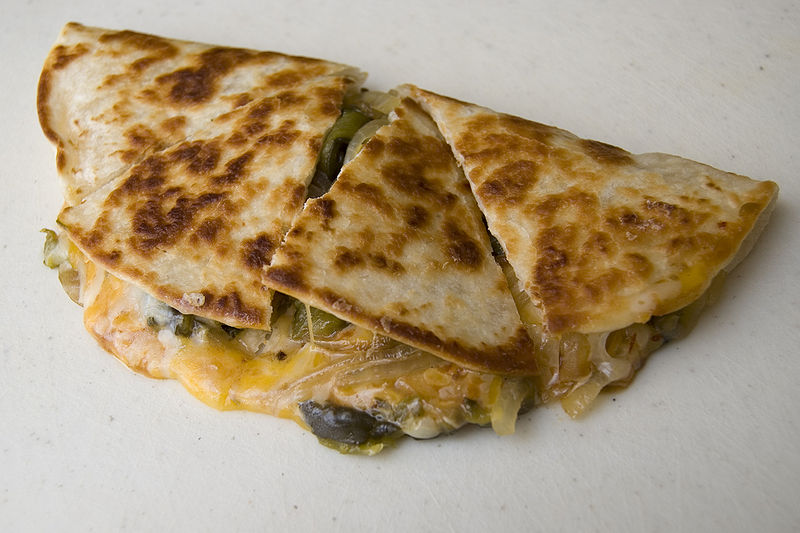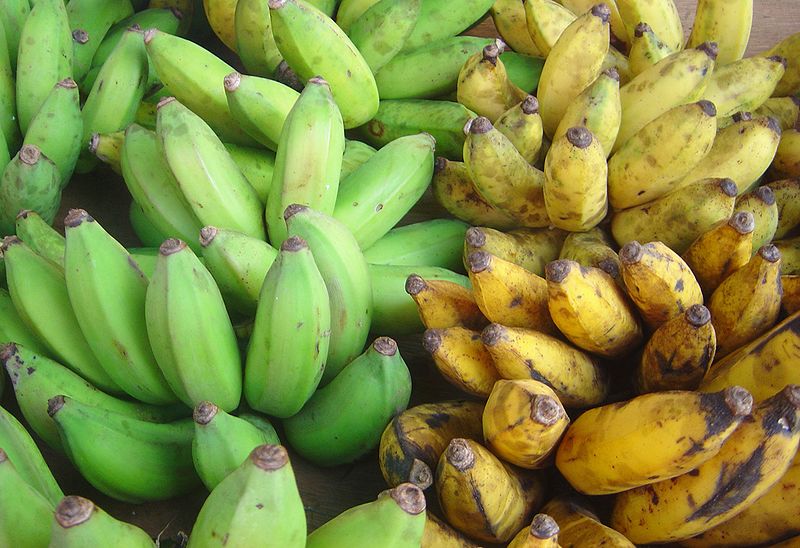Honduran Banana Bread
Origins of Banana Cultivation
Bananas were discovered by the Portuguese on the east coast of Africa and brought to the Canary Islands where they were cultivated, and then introduced to the Americas by Spanish missionaries.
The first bananas marketed in the USA were brought from Cuba in 1804 and years to comes they were viewed as a fad, a novelty. The first large quantities of bananas were shipped from Jamaica in the 1870s by fisherman Lorenzo Dow Bake who later founded the Boston Fruit Company which 14 years later became the United Fruit Company and dominated Honduran banana market for many years.
Storage and Ripening of Bananas
Bananas are picked green as otherwise they would spoil by the time they reached the markets. Those that are left to ripen on the tree are “full of water and taste bad.”
Bananas should be stored at room temperature to allow for the ripening process to complete. Green bananas shouldn’t be stored in the fridge as this will permanently hinder the ripening process (the process will not restart if they are kept at room temperature later on).
If the ripening process needs to be sped up, the banana can be placed in a paper bag with an apple.
While green bananas shouldn’t be stored in the fridge, it is indeed a good idea to store ripened bananas there. Their peel will become steadily brown/black, but the inside will not be affected. To improve their flavor, it is best to keep them at room temperature for a while before consuming.

Honduran Banana Bread
Honduran Banana Bread is a great, sweeter version of banana bread. A delightful snack for breakfast. It’s a pleasant twist on typical banana bread that most people are used to because of the profound flavor of the flaked coconut. The original recipe calls for a some pecans on the top and a drizzle of a lime/rum icing on top. These, obviously, can be omitted although they do add an interesting taste.
February 23 is National Banana Bread Day.



